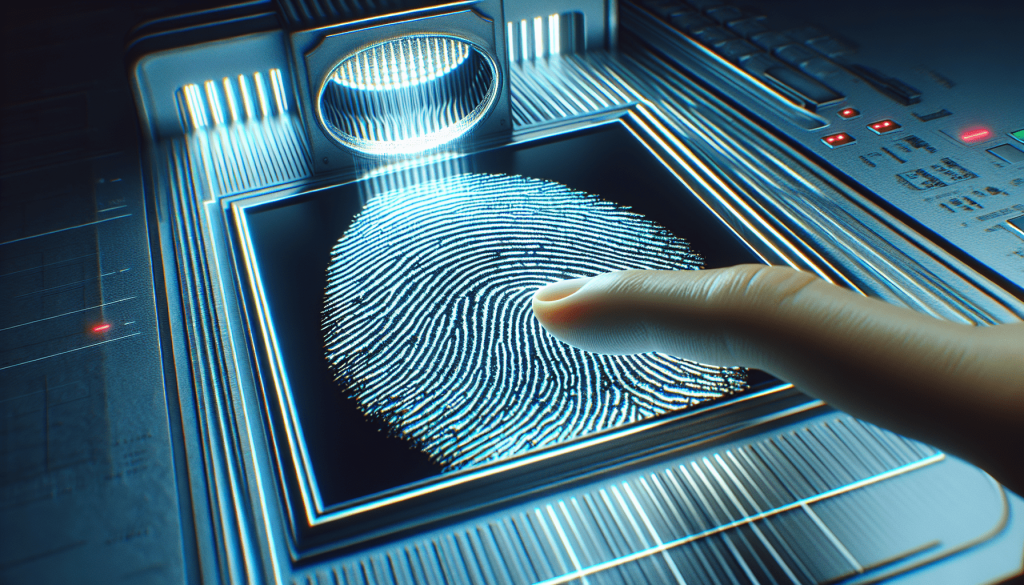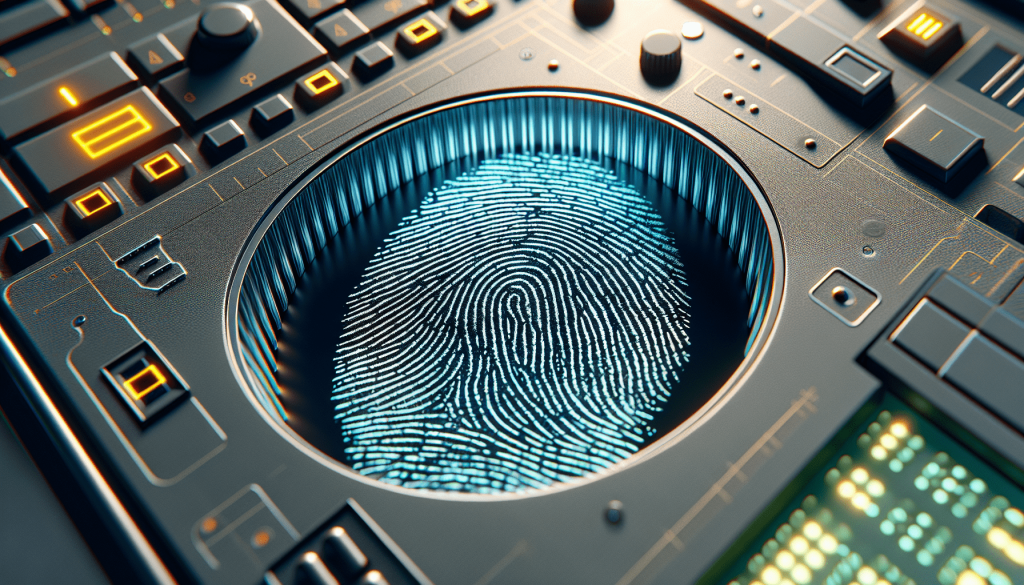Have you ever wondered what happens during a fingerprinting appointment? Whether you’re seeking a job that requires background checks or fulfilling other requirements, the process can seem a bit mysterious if you’ve never gone through it.

Understanding the Importance of Fingerprinting
Fingerprinting is one of the most reliable methods for identifying individuals. It has a wide range of applications, from employment screenings and licensing to criminal investigations and personal identification. Because fingerprints are unique to every individual, they serve as an excellent verification tool. By understanding the importance, you can appreciate both the necessity and the precision of the procedure.
Why Fingerprinting Is Required
Fingerprinting is often a required step in background checks for jobs, certifications, and volunteer positions. It helps to ensure that the person in question has a clean history and meets all the necessary legal and security criteria. From childcare providers to law enforcement officers, many professions mandate fingerprinting to secure the safety and trustworthiness of all involved parties.
Legal and Security Measures
The legal framework behind fingerprinting is designed to protect individual rights while ensuring safety. Agencies must comply with laws like the Fair Credit Reporting Act (FCRA) and state-specific regulations to ensure the ethical handling of sensitive information. By properly managing and securing fingerprint records, these entities maintain public trust and reliability.
Preparing for Your Appointment
Before you even step foot into the fingerprinting facility, a bit of preparation can go a long way in making the process smoother. Knowing what to expect and bringing the necessary documents will help streamline your experience.
Gathering Necessary Documents
You will need proper identification and possibly other documentation. Commonly accepted forms of ID include passports, driver’s licenses, and state-issued identity cards. Always check with the facility beforehand to confirm which forms of identification are acceptable.
| Document Type | Examples | Requirements |
|---|---|---|
| Primary ID | Driver’s License, Passport | Must be current and valid |
| Secondary ID (if needed) | Utility bill, Bank statement | Sometimes needed for verification |
Scheduling and Fees
Most fingerprinting services require you to schedule an appointment in advance. Depending on the agency, you might be able to book online, over the phone, or in person. Fees vary widely, ranging from a nominal charge to more significant amounts, depending on the type and purpose of fingerprinting.

At the Fingerprinting Facility
Once you’ve scheduled your appointment and gathered your documents, the next step is to head to the fingerprinting facility. Understanding the various elements involved during the appointment can help ease any anxieties you may have.
Arrival and Check-In
When you arrive, you’ll go to the designated check-in area. Usually, there’s a reception desk where you will present your identification and any required documents. The personnel will verify your information, and you’ll likely be asked to fill out a brief form.
The Scanning Process
The actual fingerprinting uses either ink and paper or a digital fingerprint scanner. Both methods are straightforward and quick, though digital fingerprinting is often faster and more accurate.
Ink-Based Fingerprinting
In this traditional method, your fingertips are rolled on an ink pad and then onto a card. While this can be messier than digital methods, it’s still widely accepted.
Digital Fingerprinting
Also known as Live Scan, digital fingerprinting involves placing your fingers on a glass scanner. This method is clean and provides immediate feedback on the quality of the prints, allowing for quick re-dos if necessary.
Common Procedures And Best Practices
Understanding the standard procedures can make the process less stressful. Personnel are trained to guide you through each step, ensuring accuracy and comfort.
Hygiene and Cleanliness
Whether using ink or digital methods, facilities take hygiene seriously. Hand sanitizers and wipes are often available. Ensuring your hands are clean and dry can help achieve clearer fingerprints.
Fingerprint Quality
Ensure that your fingertips are free of cuts, abrasions, or excessive dryness, as these can affect print quality. You may be asked to moisturize your hands a couple of days before your appointment to ensure optimal results.
Post-Appointment Steps
Once your fingerprinting is done, there are usually a few follow-up steps to be aware of. This phase includes verification, transmission of the prints to the appropriate agencies, and sometimes, additional waiting for results.
Verification and Submission
The collected fingerprints are sent to the appropriate authorities for verification. This could be the FBI, state law enforcement, or other administrative bodies. It usually involves secure electronic transmission or mailing the fingerprint cards.
Dealing with Rejections
On occasion, fingerprint submissions can be rejected due to poor quality or other issues. If this happens, you will generally receive instructions on re-taking your fingerprints without extra charge. Pay attention to any recommendations the technicians might provide to avoid future rejections.
Receiving Results
Receiving your fingerprinting results can take anywhere from a few days to several weeks, depending on the agency’s workload and the complexity of the background check. You’ll typically be notified by mail, email, or phone.
Ensuring Confidentiality and Security
One of the main concerns for many people is the confidentiality and security of their fingerprint data. Rest assured, agencies are bound by strict regulations to safeguard your information.
Data Protection Measures
Facilities use various security measures, including encryption and secure storage, to protect your fingerprints. Only authorized personnel have access to your data.
Legal Safeguards
Regulations such as the General Data Protection Regulation (GDPR) and other national laws help ensure that your data is protected and used only for specified purposes.
Special Cases and Considerations
While the fingerprinting process is generally standard, there are special cases and additional considerations to be aware of.
Handling Difficult Prints
Certain individuals have fingerprints that are harder to capture due to age, manual labor, or medical conditions. Technicians are trained to handle these scenarios by using different techniques or asking you to return at another time.
Children and Minors
Fingerprinting children involves a slightly different process, often using smaller scanners or adjusting techniques to account for tiny fingers. Parents or legal guardians must accompany minors and provide consent.
International Fingerprinting
If you need to fulfill fingerprinting requirements for another country, you may need specific forms and procedures. Always check with both your home country’s requirements and those of the destination country.
Conclusion
Understanding what to expect during a fingerprinting appointment can help alleviate any concerns and make the process more straightforward. From preparing your documents to understanding the steps involved and the importance of fingerprint quality, being informed makes all the difference. Rest assured that the trained personnel at fingerprinting facilities are there to guide you through every step, ensuring your experience is as smooth and efficient as possible.

